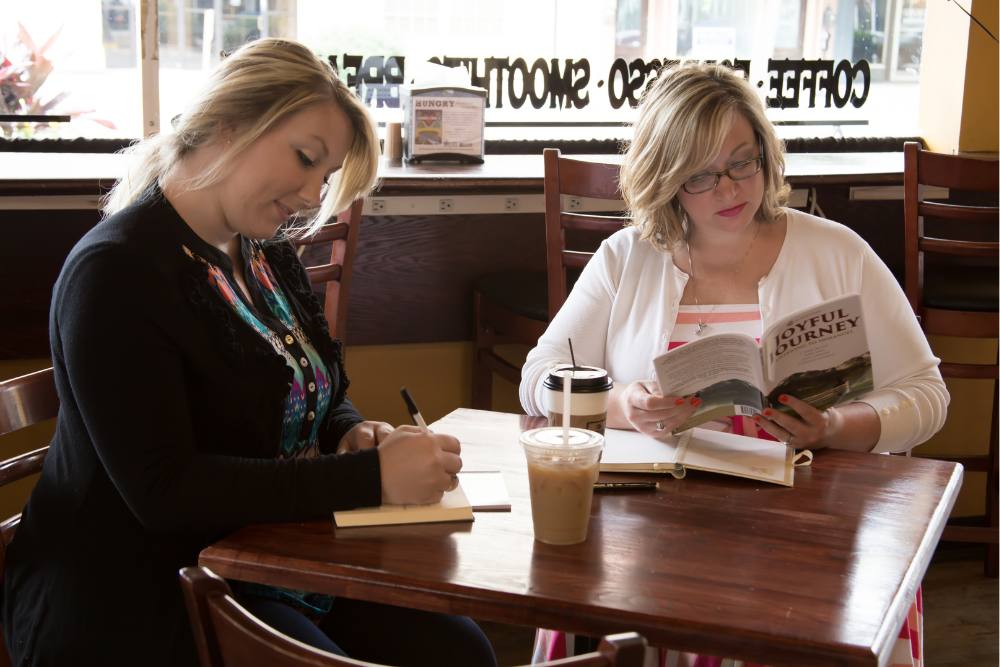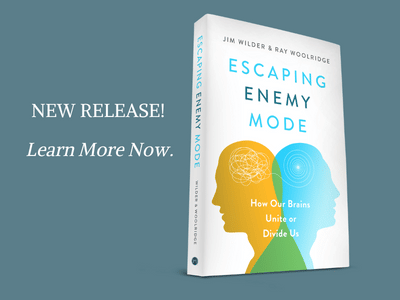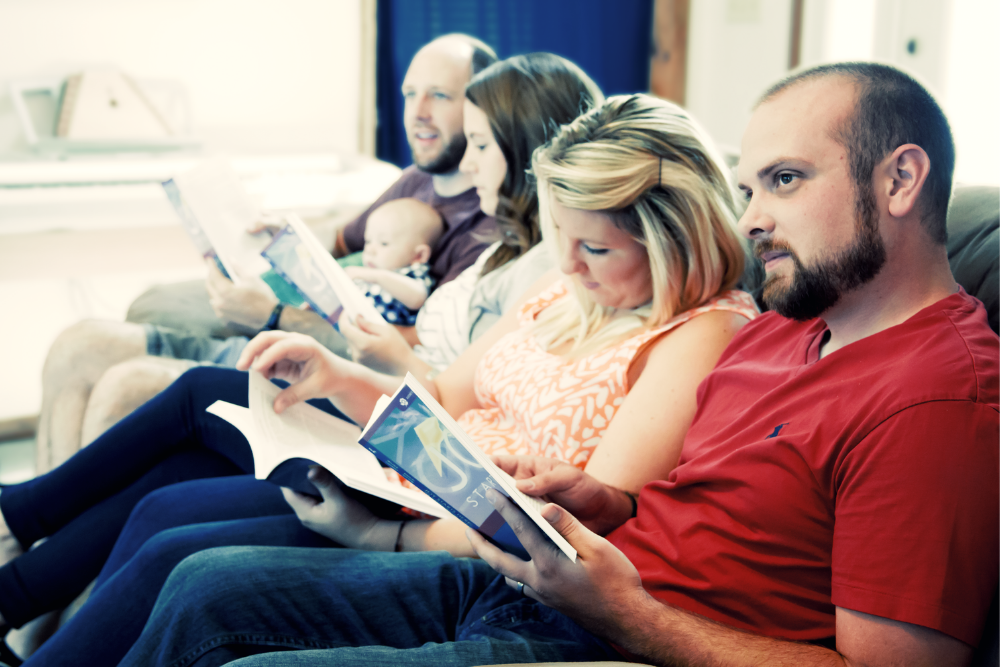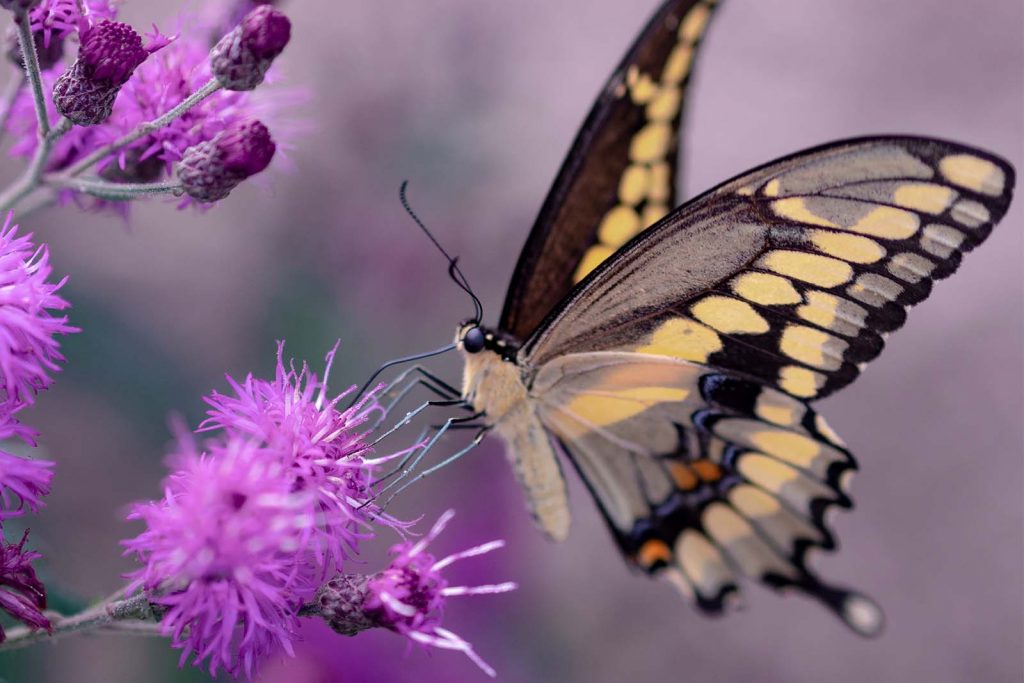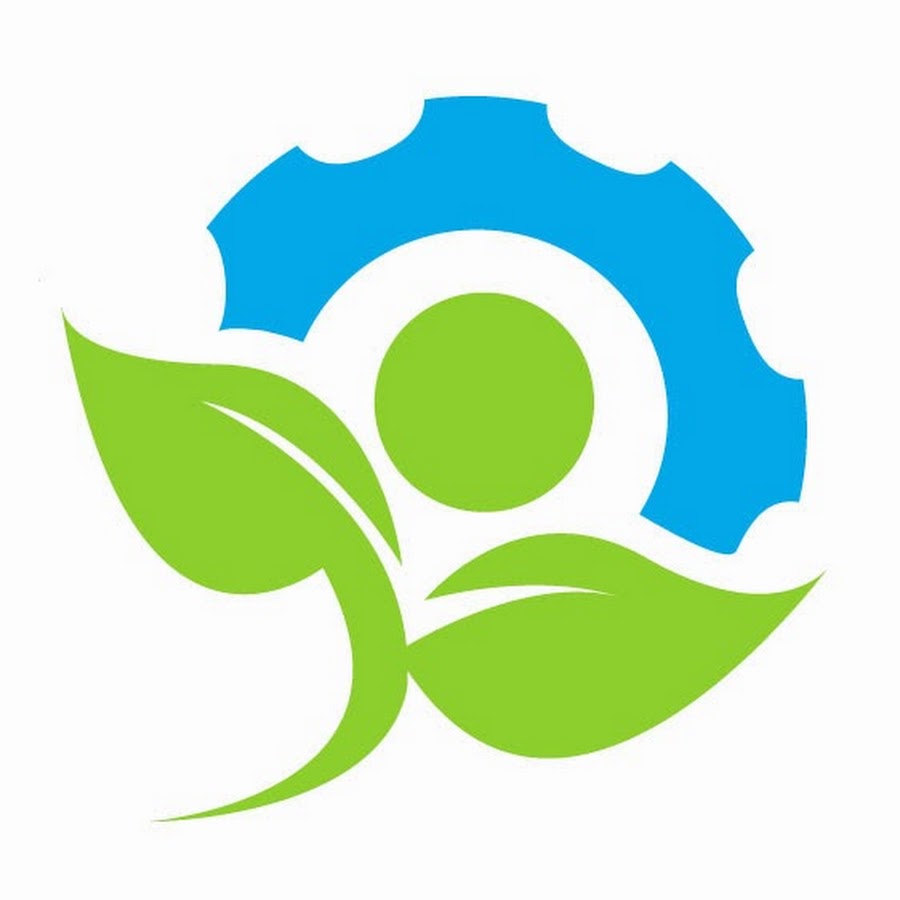My oldest son Matthew is now in school full days, so I try to find meaningful ways to connect with Andrew when he is home. Andrew is the youngest child behind his big brother, Matthew, who happens to have a very big, out-going personality, Andrew tends to take a backseat to Matthew’s antics during interactions. Andrew is much more reserved, and he simply does not get as much attention or one-on-one time with Chris and I. Because of this we try to connect with him in special, fun ways. One of my favorite ways to connect with Andrew is cuddling during nap time. My goal is to protect at least one nap each week so I can lie down with him. We can both nap together, which is a nice reprieve for me as well! Yesterday was one of those fun nap afternoons, and this time we enjoyed a delightful twist to the interaction.
As we were lying next to each other, Andrew started a little game. He would make silly noises to grab my attention, then I would look at him. Our eyes would catch each other and our faces would break into smiles. He wanted to keep looking at each other, but I suggested we look away then look back to start over again. The interaction turned into an interactive dance of joy glances where we have each other’s attention and our eyes light up in response to the other. Our faces quickly stretch into wide smiles, then we look away to rest. After a pause, we would start the fun all over again. The smiles, laughter, and giggles were contagious.
This “game” that Andrew came up with was especially fun because this interaction is the unplanned version of an intentional exercise I lead during the THRIVE Training each year. The exercise goes something like this: We position partners to sit facing each other, knee-to-knee. We direct them to build joy with their partner using their eyes, then, as the joy starts to peak, they look away for a moment of rest, then engage again. While we do different variations on this exercise, the mutual dance of joy and rest is something all of us would normally learn during infancy. A number of important things happen in your brain during the mutual sharing of gaze and rest cycles, but that is a topic for another day.
Because of the brain’s visual cortex development that increases after 2-3 months of life (due to the process of myelination where proteins accumulate around neurons to increase the speed of signals in the brain), a baby’s vision becomes clear enough to begin building and amplifying joy by looking into mommy’s eyes. If you have ever watched a mother and infant caught up in a wonderful exchange of joy, the sequence probably went like this. Baby looks up at mommy. Mommy notices baby’s gaze, then lights up in response to baby’s invitation for connection. Baby responds to mommy’s big, bright smile, then the joy builds and increases on their faces. In a matter of seconds, baby reaches her limits and looks away to rest. It is time to recharge for more joy. At this point mommy, if she is attuned with the baby, will look away, quiet herself, then patiently wait for baby to return for more fun. Once baby looks at mommy, the dance continues.
This joy and rest sequence is crucial for building a joyful brain. One of the best windows for the developing brain to build joy occurs at 9 months of life (from 8 to 9 months). This time frame provides the greatest opportunity for baby to build joy that she will ever have in her lifetime! During her ninth month, baby can spend up to 8 hours a day building joy with mommy. Guess what this means? The mother or father who wants to download a lot of joy might have a difficult time getting much else done during this 30-day period. In an ideal world, this is where family and community would step in and support the couple.
Because Andrew was our second child and Matthew was extremely hyperactive during his early years, Andrew did not get as much one-on-one time nor did he receive as much attention as his older brother. Unfortunately, he also did not have as much joy building time as we would have liked. (Yes, even those of us who understand brain development and use the skills are not perfect parents!) When Andrew was about 2 years old I noticed he avoided looking me in the eye. This was happening during an overwhelming season of life when I was low on joy and high on stress. At this point, Chris and I realized we needed to be intentional about building joy with Andrew. During interactions, I started working to catch his eye in joyful ways. I turned “Peek-a-boo” games into a high-energy joy and a low-energy rest dance where we would lock eyes, smile, then quickly disconnect. Within one week of deliberate joy practice, Andrew was more engaged and more attentive during our interactions. He started making eye contact more frequently. We felt like our son was back!
While joy is crucial to the well-being of our children, joy is also highly beneficial for us parents. With more joy, we develop a greater capacity for the difficult things in life. While there are ideal seasons of development for the brain to grow joy, it is never too late to increase our capacity for joy by purposefully practicing exercises to build joy. If children are older, we may require more creativity in order to keep them engaged while we build joy, but it is well worth the effort. Watch what happens when your face lights up to see someone you love today!
I highly recommend Joy Starts Here: The Transformation Zone here and 30 Days of Joy for Busy Married Couples here to jumpstart your joy today.

What Does Love Look Like?
If I speak in the tongues of men and of angels, but have not love, I am a noisy gong or a clanging cymbal. And

